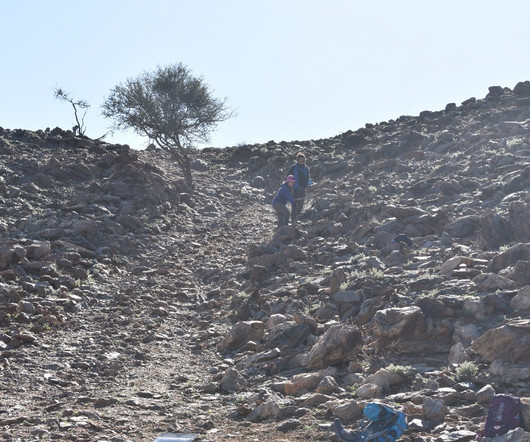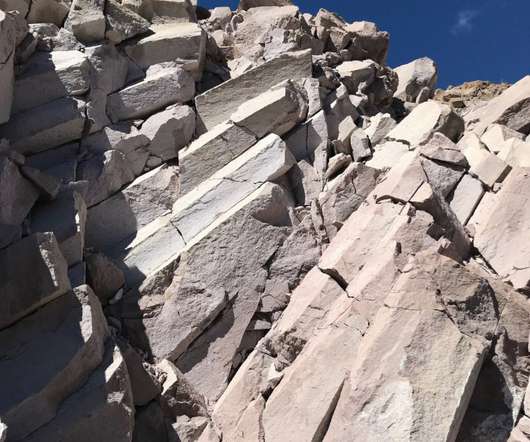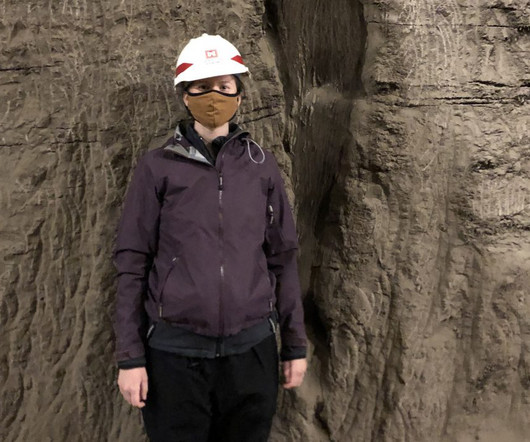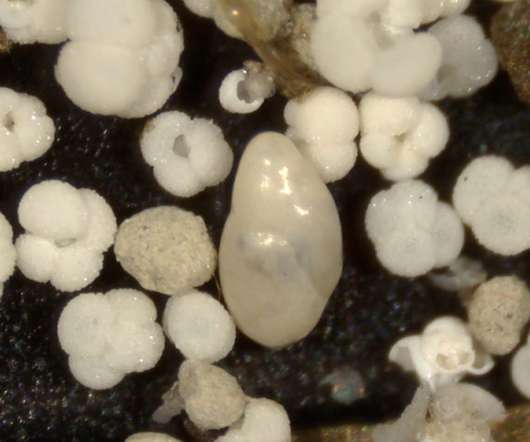Modelling mines: how can a new 3D modelling platform make mining more sustainable and be part of the solution to climate change?
Futurum
MARCH 14, 2023
These data are collected from surveys of the surface geology and drill holes, which allow geologists to build a picture of the subsurface rock. The team behind the Loop project is made up mainly of researchers and developers. Q&A Meet Laurent What do you find rewarding about research in geoscience? What is Loop?












Let's personalize your content